
The former directors of the corporate debtor shall not merely provide the financial status of the corporate debtor but more than that so that they are aware of the terms to which they are bound.
The government plans to have more benches of the National Company Law Tribunal on the basis of case load and rising number of insolvency cases coming up before the NCLT.

the criminal case brought under Section 138 read with Section 141 of the NI Act against the natural persons would not be over by application of the IBC’s provisions.
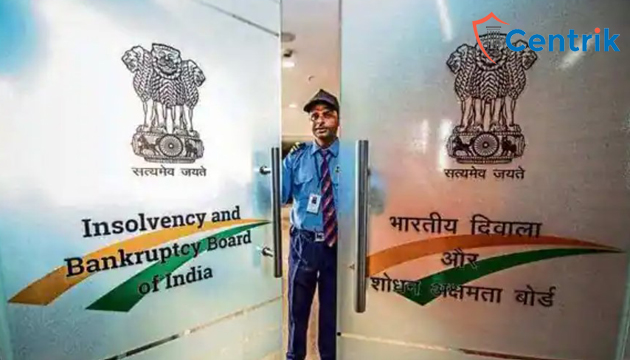
the advance copy of the Application for initiating CIRP under Section 7, Section 9, or Section 10 of IBC, 2016 needs to be served to the Insolvency & Bankruptcy Board of India.

the Operational Creditors are only entitled for minimum of the Liquidation Value and NIL payment to Operational Creditors in case the Liquidation Value is NIL, does not contravene the provisions of Section 30(2)(b) of Insolvency & Bankruptcy Code, 2016.

the Resolution Plan in question is in violation of section 30(2) (a) of the IBC. The NCLAT subsequently modified the Resolution Plan to include this claim in accordance with the law.

The NCLAT had to decide whether the NCLT/CoC may provide resolution applicants repeated chances to alter their individual resolution plans and whether the CoC was authorised to entertain fresh or revised resolution plans without exhausting available bids.
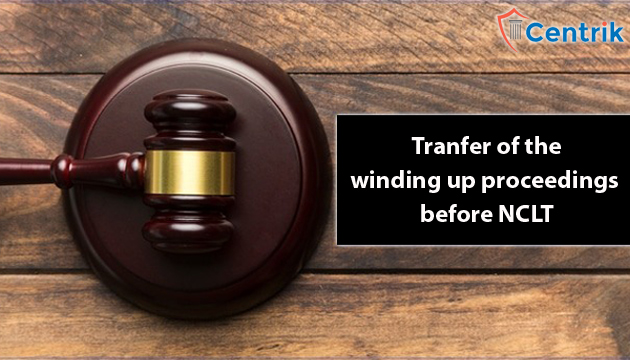
This judgement is a step in the right direction because it recognizes the authority of a non-petitioning creditor to request for a transfer of the winding up proceedings. It assures that A creditor is not deprived of their right just because they didn’t participate in the initial winding up procedure against corporate debtor.
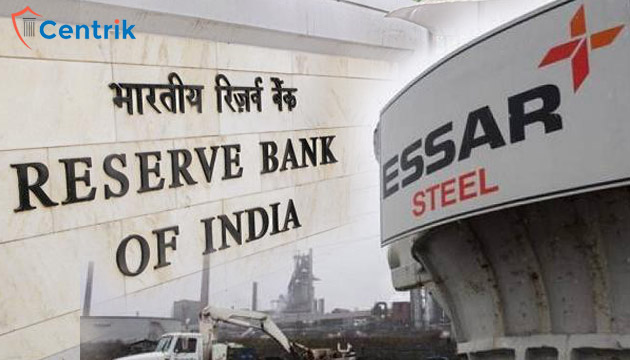
Gujarat High Court dismissed Essar Steel’s petition and refused to grant any of the reliefs sought by Essar Steel. The Gujarat High Court moved quickly and efficiently, and the order was issued within 10 working days of Essar Steel’s filing of the case.

If any individual has any outstanding claims against an organization and the said organization has been exposed to CIRP, the primary thing that must be finished by such bank immediately is to document his/her cases before any IRP/RP.

Hon’ble SC clarified the position of the homebuyers similar to that of a “financial creditor” under the IBC, after this the homebuyers were at a par with banks and financial institutions.
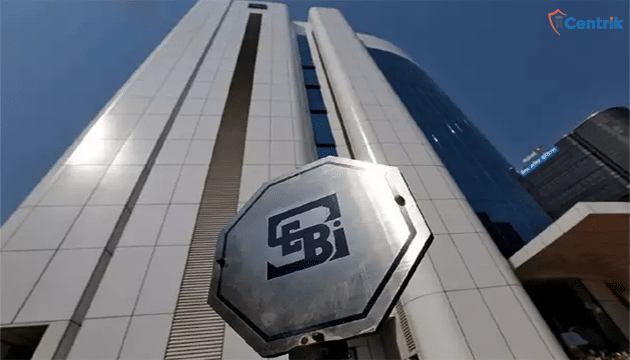
Under section 14 of the code, the moratorium order is passed. Accordingly till the time moratorium period exists no other action or suit or case or proceedings against the corporate debtor can take place.

The NCLT ordered appointment of IRP even though only 50% voting was in favor of the appointment however the requirement is 66% as per the IBC laws.

Insolvency Code has motivated a lot of lenders to suo moto move the court against their borrowers and recover their bad debts without showing any further leniency.
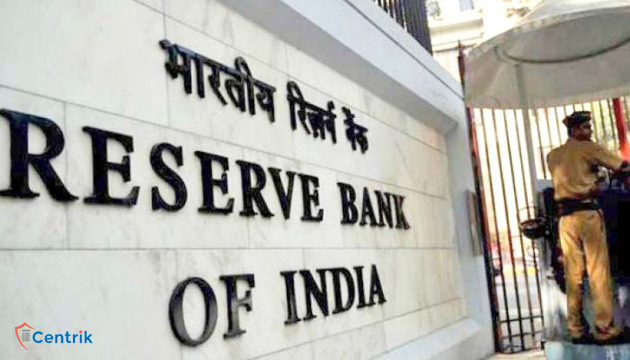
The RBI’s February 12 circular on non-performing loans has stirred a hornet’s nest. Banks, India Inc and even the government are opposed to it and are vigorously lobbying the central bank















 join For Updates
join For Updates